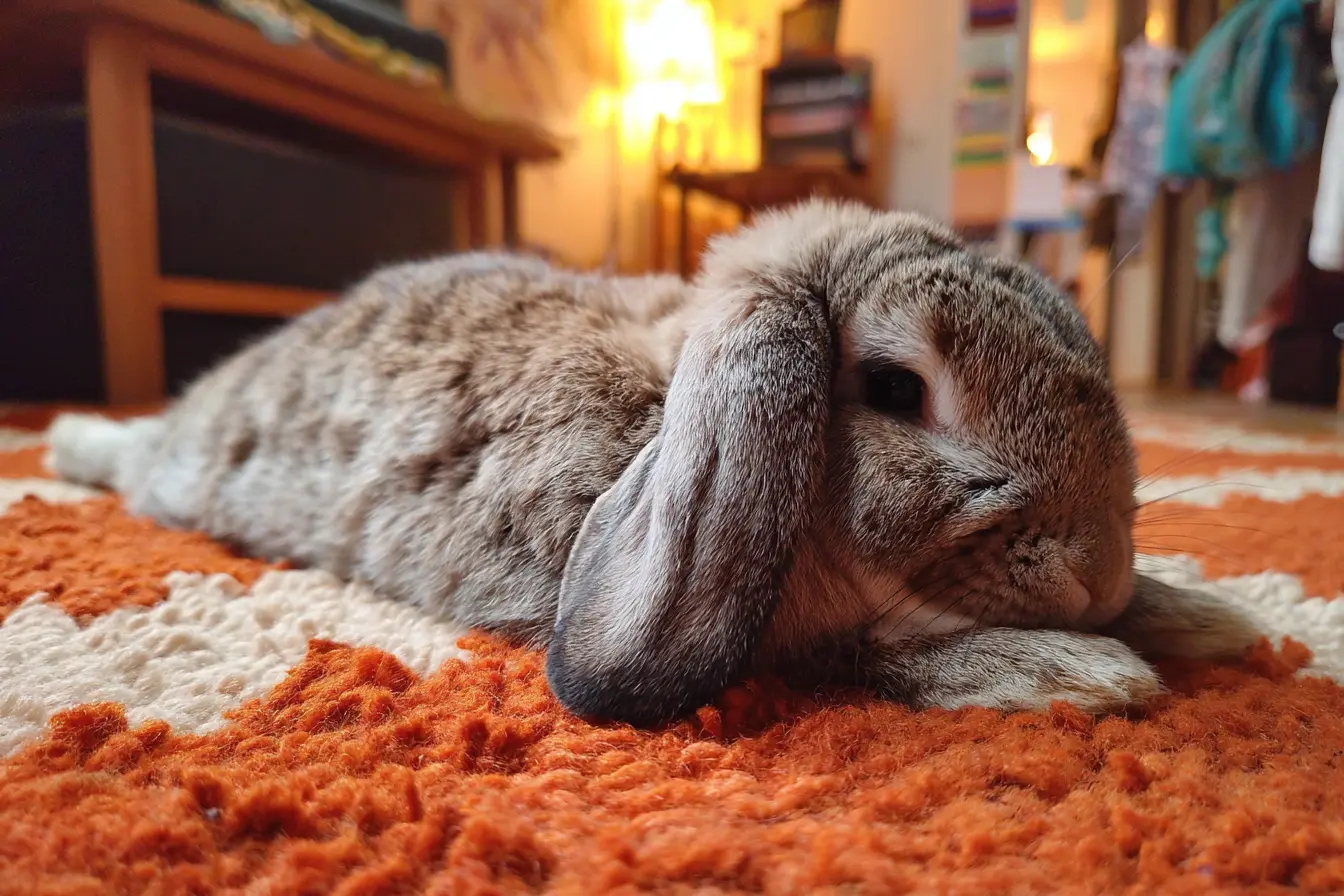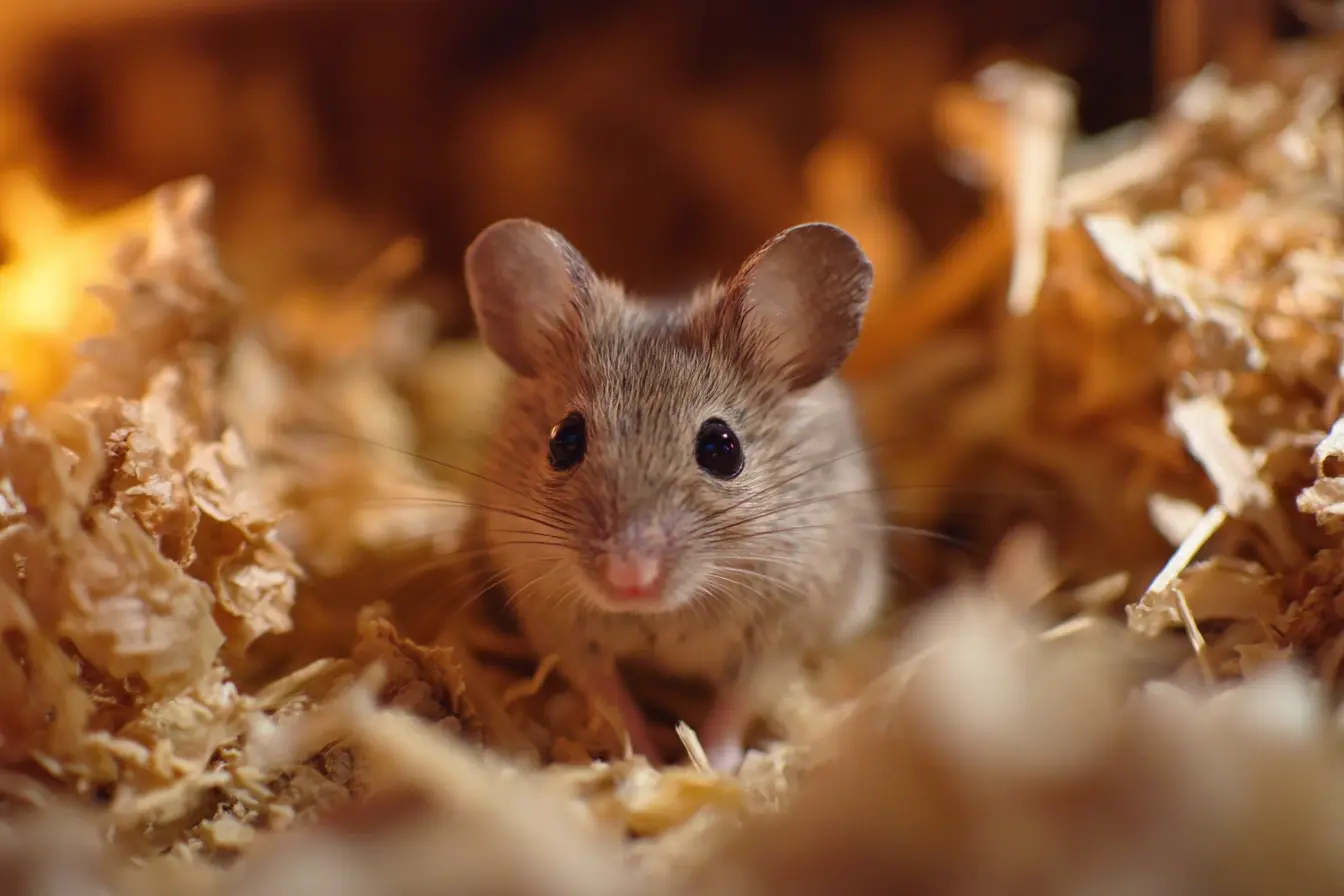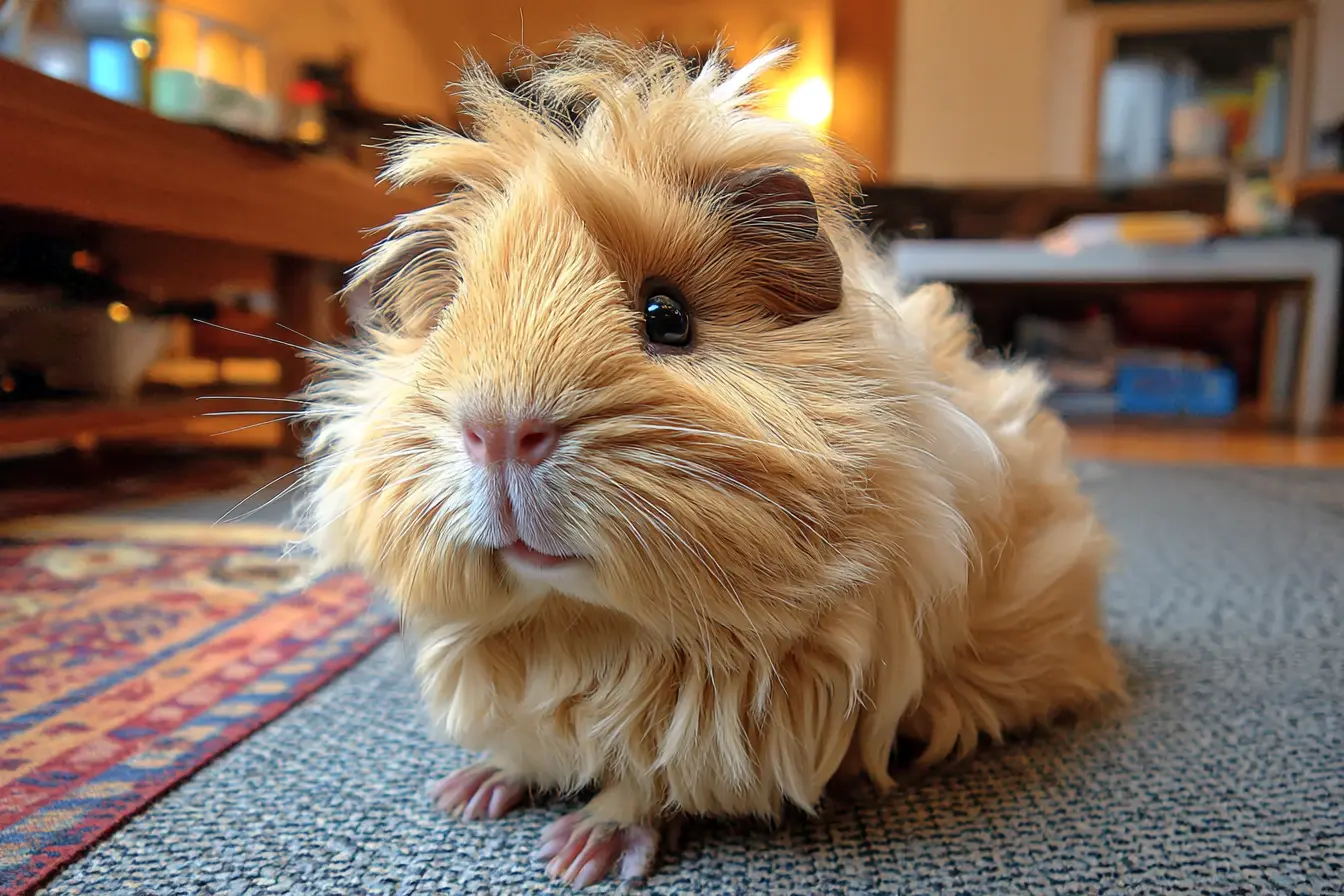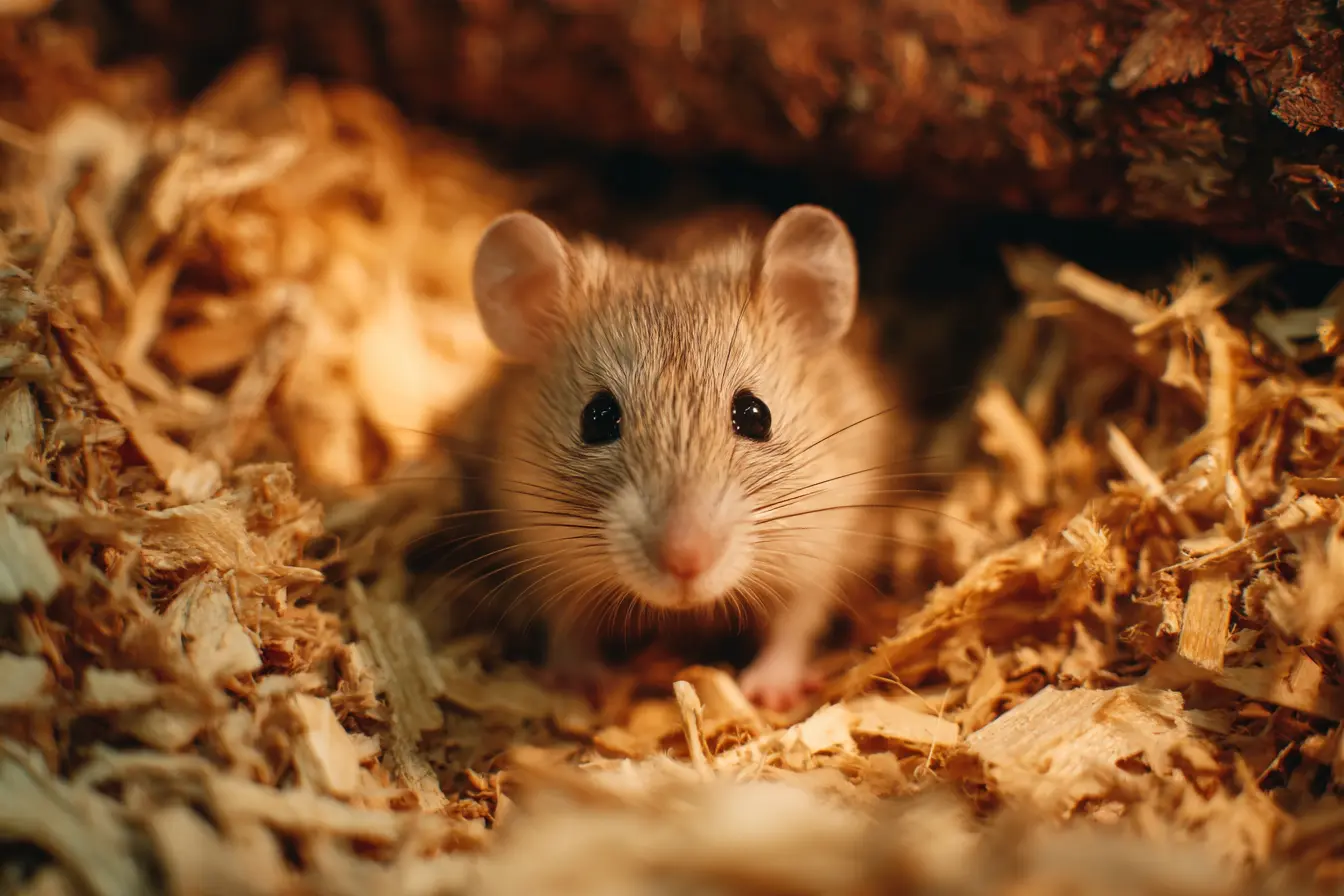
Sore Hocks in Rabbits – A Complete Guide to Understanding, Preventing, and Treating Pododermatitis
Sore hocks, known clinically as pododermatitis, are one of the most common and painful health issues affecting domestic rabbits. Despite the name, sore hocks don’t just occur on the back feet; they can develop on the front feet as well. The condition ranges from mild inflammation to deep wounds and infections that require urgent veterinary care.
This detailed guide covers everything you need to know about sore hocks: what causes them, how to spot early symptoms, prevention strategies, safe home care, and when to seek veterinary help.
What Are Sore Hocks?
Sore hocks are painful sores or ulcers that develop on the bottom of a rabbit’s feet. Unlike cats and dogs, rabbits don’t have thick pads, instead, they rely on dense fur and tough skin for protection. When this natural barrier is compromised, pressure and friction lead to inflammation, hair loss, open wounds, and sometimes severe infection.
Sore hocks can affect any breed, but certain rabbits are more prone to the condition than others.
Rabbits at Higher Risk
Giant breeds
- Continental Giants
- Flemish Giants
- British Giants
- Giant Papillons
- Giant Chinchillas
Their weight puts extra pressure on their feet.
Short-coated or rex-coated breeds
- Mini Rex
- Rex
These breeds have less fur padding on their feet, increasing vulnerability.
Overweight rabbits
Carrying extra weight increases pressure on the feet and contributes to poor posture.
Rabbits kept on hard or inappropriate surfaces
Wire flooring, rough carpets, and slippery tiles can contribute significantly.
Older or arthritic rabbits
Arthritis can alter posture, concentrating pressure on certain areas of the foot.
Lop breeds
Lops are prone to mobility issues and altered stance, increasing their risk.
Causes of Sore Hocks
Sore hocks usually develop due to a combination of factors:
Poor Flooring
- Wire mesh floors
- Slippery surfaces
- Hard plastic or wood
- Rough or abrasive carpets
Obesity
Extra weight increases pressure and accelerates fur loss on the feet.
Lack of Exercise
Inactive rabbits sit in one position for longer periods, reducing circulation and increasing pressure on the feet.
Poor Hygiene
Urine-soaked bedding or damp litter contributes to skin irritation and infection.
Long nails
Overgrown nails alter how a rabbit stands and walks, concentrating pressure on the heels.
Genetic factors
Some rabbits naturally have thinner foot fur or more sensitive skin.
Early Symptoms to Watch For
Catching sore hocks early is crucial. Look for:
- Red or pink patches on the heels
- Fur thinning on the feet
- Scabs or small sores
- Sensitivity when touched
- Licking or grooming the feet excessively
- Reluctance to hop, move, or climb
- Sitting with feet tucked to avoid pressure
Ignoring early signs often leads to pain, infection, and mobility problems.
Advanced Symptoms (Require Veterinary Attention)
- Open wounds
- Bleeding ulcers
- Swelling
- Pus or discharge
- Hot feet (indicating inflammation)
- Limping
- Reduced appetite (due to pain)
Advanced cases can become serious infections, including bone infection (osteomyelitis), and should never be treated at home alone.
Preventing Sore Hocks
Prevention is far easier than treatment. Most strategies involve improving the rabbit’s environment, diet, and grooming routine.
Provide Soft, Supportive Flooring
Best options include:
- Fleece blankets
- Vet bedding
- Towels
- Soft mats
- Deep layers of hay
- Grass mats
Avoid:
- Wire mesh
- Hard, bare wood
- Rigid plastic
- Sandpaper-like carpets
Keep the Living Space Clean and Dry
- Daily spot-cleaning
- Regular changing of litter trays
- Using absorbent bedding materials
Moisture weakens the skin and encourages infection.
Maintain a Healthy Weight
- Feed a hay-based diet
- Limit pellets
- Provide daily exercise
Rabbits at a healthy weight have significantly less foot pressure.
Trim Nails Regularly
Long nails make rabbits shift their weight backwards onto the hocks.
Check nails every 4–6 weeks.
Encourage Exercise
Movement improves circulation and keeps pressure distributed.
Provide Rugs or Mats in Exercise Areas
Rabbits running on hard floors wear down foot fur faster.
Home Care for Mild Sore Hocks
Mild cases can often be managed at home with proper care, but always consult a vet for guidance.
Improve Flooring Immediately
Add soft, padded surfaces throughout the enclosure.
Apply Rabbit-Safe Ointments
Your vet may recommend:
- Manuka honey
- Sudocrem (only if advised; some rabbits may lick it)
- Anti-inflammatory creams
Never use human antibiotics unless prescribed by a vet.
Clean the Area Gently
Use:
- Warm saline (salt water)
- Soft cotton pads
Reduce Pressure
Provide:
- Soft bedding
- Extra hay bedding
- Thick fleece layers
Monitor Daily
Mild cases should improve within 1–2 weeks with proper care.
When to See a Vet
Seek immediate veterinary care if:
- The skin is broken
- Sores are bleeding
- There is discharge (pus)
- The rabbit is limping
- Swelling or heat is present
- Home care isn’t helping
- Your rabbit is not eating normally
- Your rabbit shows signs of pain
Veterinary Treatment May Include:
- Antibiotics
- Anti-inflammatory pain relief
- Specialised bandaging
- Laser therapy (in some clinics)
- X-rays (for suspected bone involvement)
- Weight management plan
Severe cases require prompt treatment to prevent long-term complications.
How Long Does Healing Take?
Healing time depends on severity:
- Mild cases: 1–3 weeks
- Moderate cases: 4–8 weeks
- Severe cases: Months, sometimes with permanent scarring
Consistency is key, daily care and good flooring make the biggest difference.
Long-Term Management
Some rabbits will always be prone to sore hocks due to size, genetics, or history. These rabbits may require:
- Permanent soft flooring
- Weight monitoring
- Regular foot checks
- Moisturising ointments
- Special mats or pads
- Frequent vet checks
Managing sore hocks is often a long-term commitment.
Conclusion
Sore hocks are a painful but preventable condition that all rabbit owners should understand. By focusing on proper flooring, hygiene, diet, nail trimming, and early detection, you can significantly reduce the risk of pododermatitis.
With attentive care and supportive living conditions, rabbits prone to sore hocks can still lead happy, comfortable lives. If you ever notice signs of worsening or infection, seeking veterinary help promptly is essential for preventing complications.
Vets near you
Speciality vets
- Aquatics vet specialists
- Birds vet specialists
- Camelids vet specialists
- Cats vet specialists
- Cattle vet specialists
- Deer vet specialists
- Dogs vet specialists
- Equines vet specialists
- Exotic vet specialists
- Goats vet specialists
- Pigs vet specialists
- Poultry vet specialists
- Sheep vet specialists
- Small Mammals vet specialists
- Wild vet specialists



